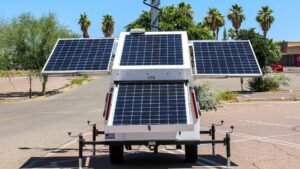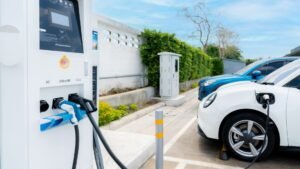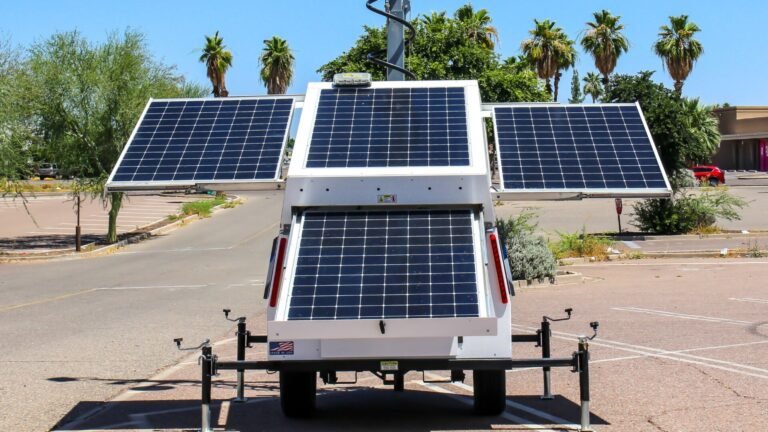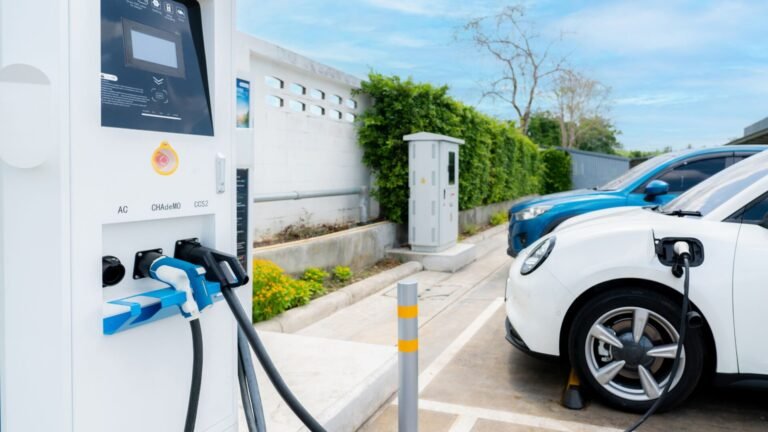The economics of solar power have become increasingly attractive in recent years, driven by declining costs, favorable government incentives, and impressive returns on investment (ROI). Tamesol, a prominent player in the solar panel industry, is a prime example of benefiting from the evolving economics of solar power.
Their commitment to producing cost-effective and high-quality solar solutions aligns with the trend of declining costs in solar technology. Furthermore, Tamesol’s products are likely beneficiaries of favorable government incentives across Europe, enhancing their appeal to customers seeking good ROI.
Understanding Solar Power Costs
Initial Investment
The initial cost of solar power installation can vary widely based on factors like location, system size, and equipment quality. This cost typically includes solar panels, inverters, mounting systems, and installation labor.
Maintenance Costs
Solar power systems require minimal maintenance, mostly involving routine cleaning and occasional component checks. These low ongoing costs add to the long-term financial appeal of solar energy.
Government Incentives and Subsidies
Governments worldwide have implemented various incentives to encourage solar adoption. These include:
- Feed-in Tariffs (FiTs): Payments to homeowners for the electricity they generate and feed back into the grid.
- Tax Credits and Rebates: Reductions in tax liabilities or upfront rebates to offset installation costs.
- Net Metering: Allows solar system owners to sell excess power back to the grid, effectively reducing their utility bills.
These incentives significantly reduce the net cost of solar installations, enhancing their economic viability.
Calculating Return on Investment (ROI)
ROI is a crucial metric for evaluating the financial viability of solar power. It’s calculated by considering the initial investment, ongoing costs, savings on energy bills, and income from incentives.
A typical solar power system can offer an ROI of anywhere from 10% to 30% or more, depending on various factors like local energy prices and sunlight availability.
Cost Trends and Market Dynamics
The cost of solar power has been consistently falling, thanks to technological advancements and increased market competition. This trend has made solar power more accessible and financially feasible for a broader range of users.
Solar Energy Financing Options
Various financing options are available for those interested in solar power but concerned about upfront costs. These include solar leases, power purchase agreements (PPAs), and solar loans, each offering unique benefits and considerations.
Economic Benefits beyond Direct ROI
The economic benefits of solar power extend beyond direct financial returns:
- Increased Property Values: Homes with solar installations often have higher resale values.
- Energy Independence: Solar power reduces reliance on grid electricity, protecting against fluctuating energy prices.
- Positive Environmental Impact: By reducing reliance on fossil fuels, solar power contributes to a lower carbon footprint.
Long-Term Savings
Over the lifespan of a solar power system (typically 25-30 years), the cumulative savings on energy bills can be substantial. This long-term saving is a crucial factor in the financial assessment of solar power.
The Role of Battery Storage
The integration of battery storage systems can further enhance the economics of solar power. Batteries allow for the storage of excess energy, increasing the system’s efficiency and potential savings.
Future Outlook
The future of solar power looks promising, with ongoing innovations likely to drive further cost reductions and efficiency improvements. Additionally, as governments continue to prioritize renewable energy, the scope for incentives and supportive policies is likely to expand.
Conclusion
Solar power represents not just an environmentally friendly energy solution but also a financially sound investment. The combination of decreasing costs, favorable government incentives, and substantial long-term savings makes solar power an increasingly attractive option for individuals and businesses alike.
Tamesol’s offerings in the solar panel market exemplify the dual benefits of environmental responsibility and financial soundness that solar power offers.
Their products, which are becoming more cost-effective due to technological advancements and are often eligible for government incentives, provide substantial long-term savings for both individuals and businesses.
As Tamesol continues to innovate and expand in the evolving solar industry, it contributes to the increasing economic appeal of solar energy. Their role in the market underscores the growing viability of solar power as a key component in achieving a sustainable and economically stable future.






